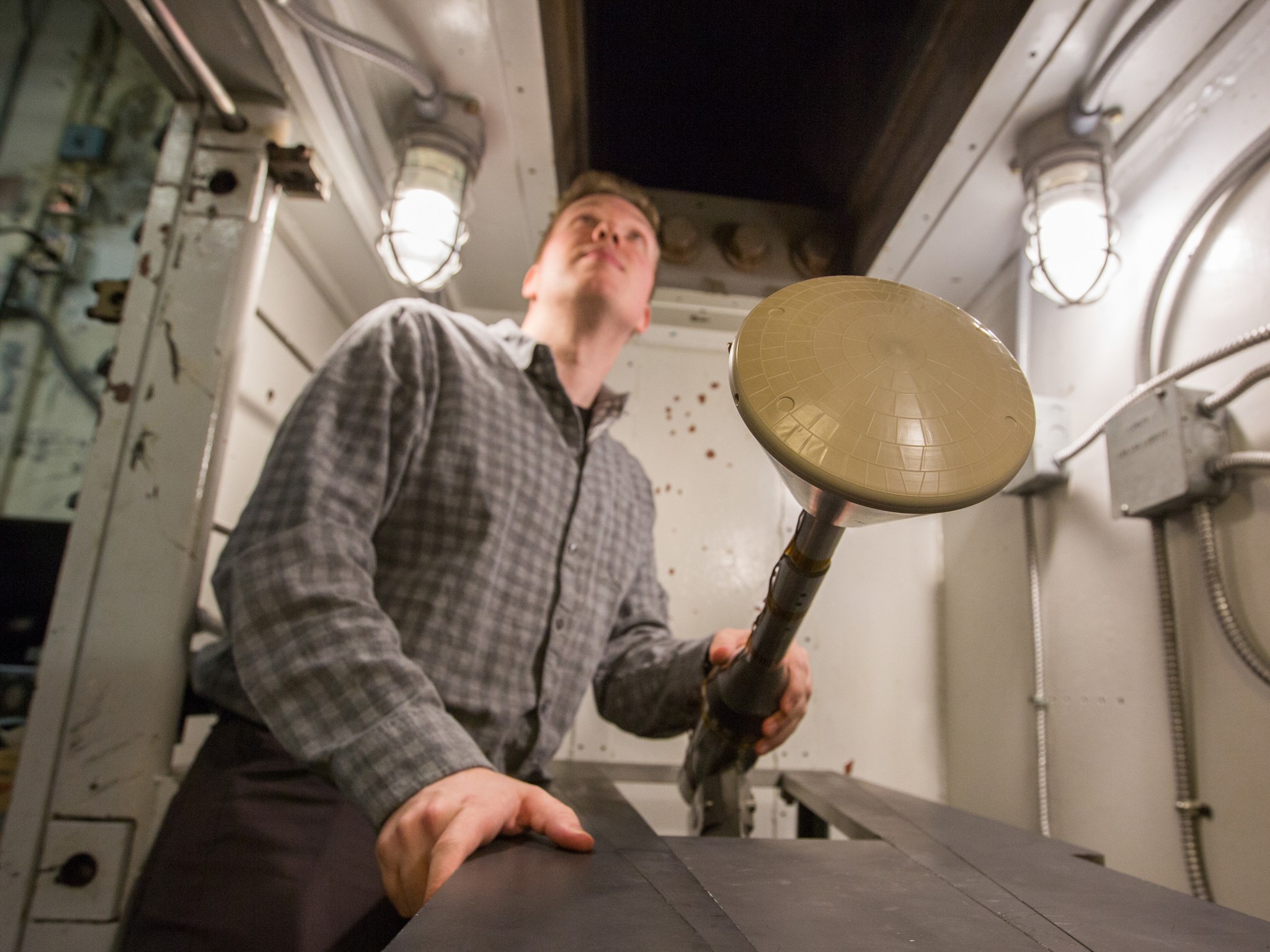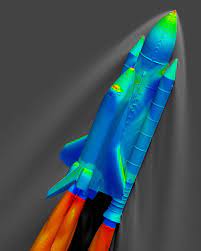Aerosciences

Contents
Introduction
In support of JSC’s human spaceflight mission, the Center provides cutting-edge expertise and advanced simulation tools to characterize environments, including aerodynamic characterization, aerothermodynamic heating, rarefied gas dynamics, and decelerator (parachute) systems. JSC’s high performance computing environment serves customers from the JSC Engineering Directorate, external NASA centers, and commercial and academic entities. The lab is equipped with specialized tools such as the Direct Simulation Monte Carlo (DSMC) Analysis Code (DAC) for simulating and analyzing low-density flowfields, plume impingement effects during proximity operations, Genesis for multi-body flight mechanics simulation, and expertise in spacecraft aerodynamics, aerothermodynamics, hypersonics, and rarified gas dynamics. Using a combination of analysis, ground tests, and flight tests, NASA JSC can provide comprehensive aerodynamic induced environment data and aerothermal environment data to characterize a spacecraft’s performance during all atmospheric flight phases, including hypersonic reentry. Additionally, the Charring Ablator Response (CHAR) supports vehicle design, ground testing, and flight data analysis for thermal protection systems, serving both defense and civil space industries. Explore our diverse capabilities below to advance your projects in space exploration.
Capabilities
Flight Sciences Lab (FSL)
Overview | The Flight Sciences Lab (FSL) is a unified computing environment that consolidates all three of the NASA JSC Aeroscience and Flight Mechanics Division’s former computer labs. Its users span the JSC Engineering Directorate as well as various external organizations including other NASA centers as well as commercial and academic entities.
Details |
- High Performance Computing
- High Performance Storage
- Engineering Workstation Administration
- Scientific Software Consulting
Direct Simulation Monte Carlo (DSMC) Analysis Code (DAC)
Overview | The Direct Simulation Monte Carlo (DSMC) Analysis Code (DAC) software is a specialized tool used for the simulation and analysis of low-density flow fields.
Details | DAC is like a more familiar computational fluid dynamics tool, but the underlying Direct Simulation Monte Carlo method is uniquely suitable for simulating rarefied gas dynamics.
Genesis
Overview | Genesis is a generic, variable-DOF, multi-body flight mechanics simulation.
Details | Genesis provides generic models for atmospheric properties, winds, aerodynamics, and propulsion. Genesis is designed to enable rapid delivery of trajectory products for new mission scenarios by being flexible and easily reconfigured, even when new environment, vehicle, or flight software models are required.
Aerosciences
Overview | NASA JSC provides expertise in spacecraft aerodynamics, aerothermodynamics, hypersonics, and rarified gas dynamics.
Details | Using a combination of analysis, ground tests, and flight tests, NASA JSC can provide comprehensive aerodynamic induced environment data and aerothermal environment data to characterize a spacecraft’s performance during all atmospheric flight phases, including hypersonic reentry. Additionally, NASA JSC can provide state-of-the-art expertise, capabilities, and tools for analysis of a variety of low density, non-continuum flows (from transitional to free molecular) to model and analyze thruster plume environments and impingement.
Engineering Model for Plume Impingement in Rarefied Environments (EMPIRE)
Overview | Engineering Models for Plume Impingement in Rarefied Environments (EMPIRE) software is a tool used to compute plume impingement heating effects from proximity operations of visiting vehicles to space stations.
Details | Engineering Models for Plume Impingement in Rarefied Environments (EMPIRE) provides an essential analysis capability associated with upper atmospheric flight for the prediction of vehicle aerodynamics and aerothermodynamics, as well as for the broad range of plume impingement environments during rendezvous and docking impacting ISS, Orion, HLS, and all other Gateway components. EMPIRE computes 3D distributions of plume load and mass flux, impingement heating and surface temperature on complex surface geometries from multiple plume sources.
Charring Ablator Response (CHAR)
Overview | Charring Ablator Response (CHAR) supports vehicle design, ground testing, and flight data analysis for Orion and CCP. ITAR Licensed across industry, mostly supporting defense and civil space.
Details | CHAR has general thermal analysis capabilities; it is most used to simulate both re-usable and ablative thermal protection systems. CHAR can run on serial and distributed memory parallel computer systems. Within NASA, it has been used to support Commercial Crew and Orion designs and post-flight data analyses. CHAR has 75 licenses across government, industry, and academia.






























